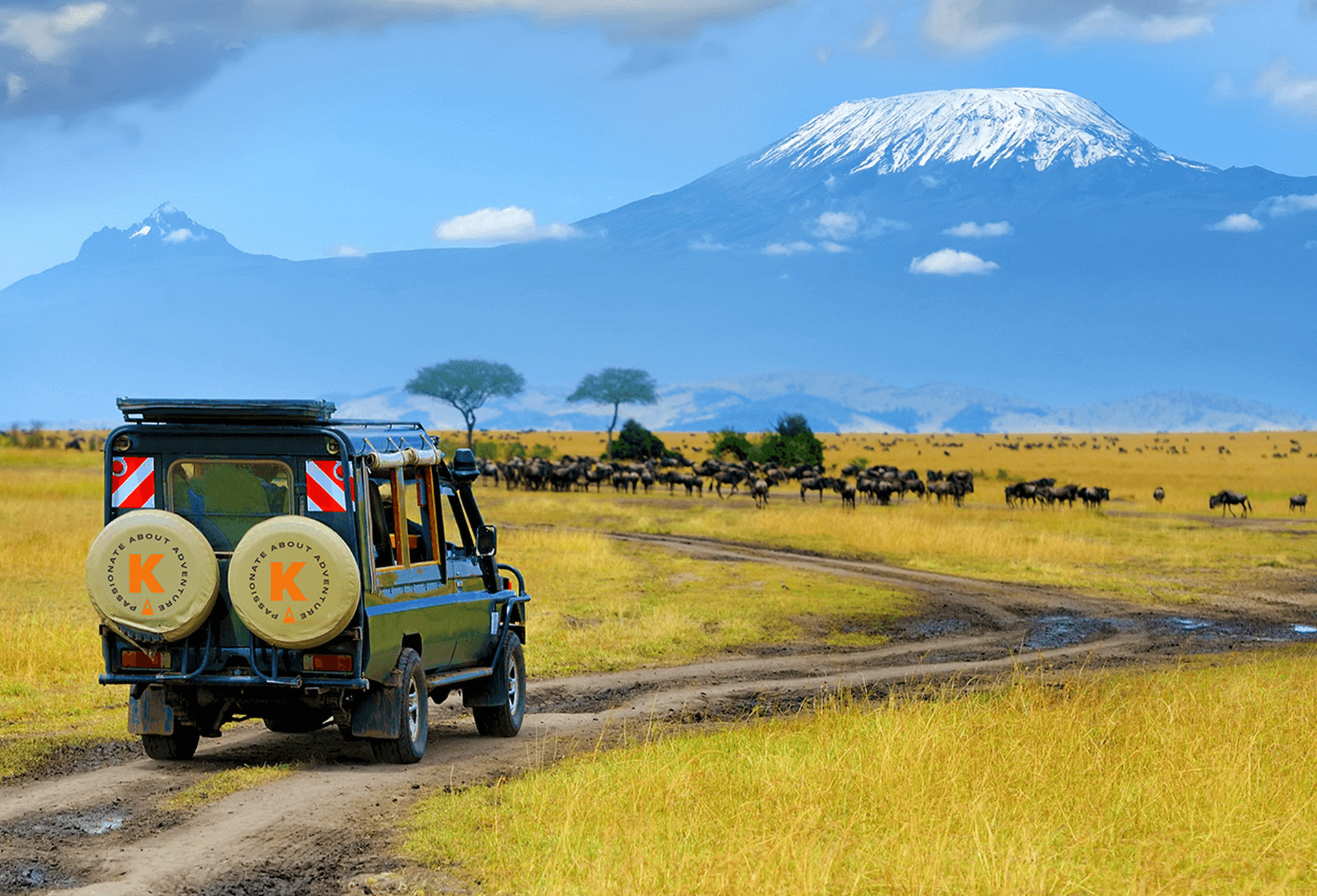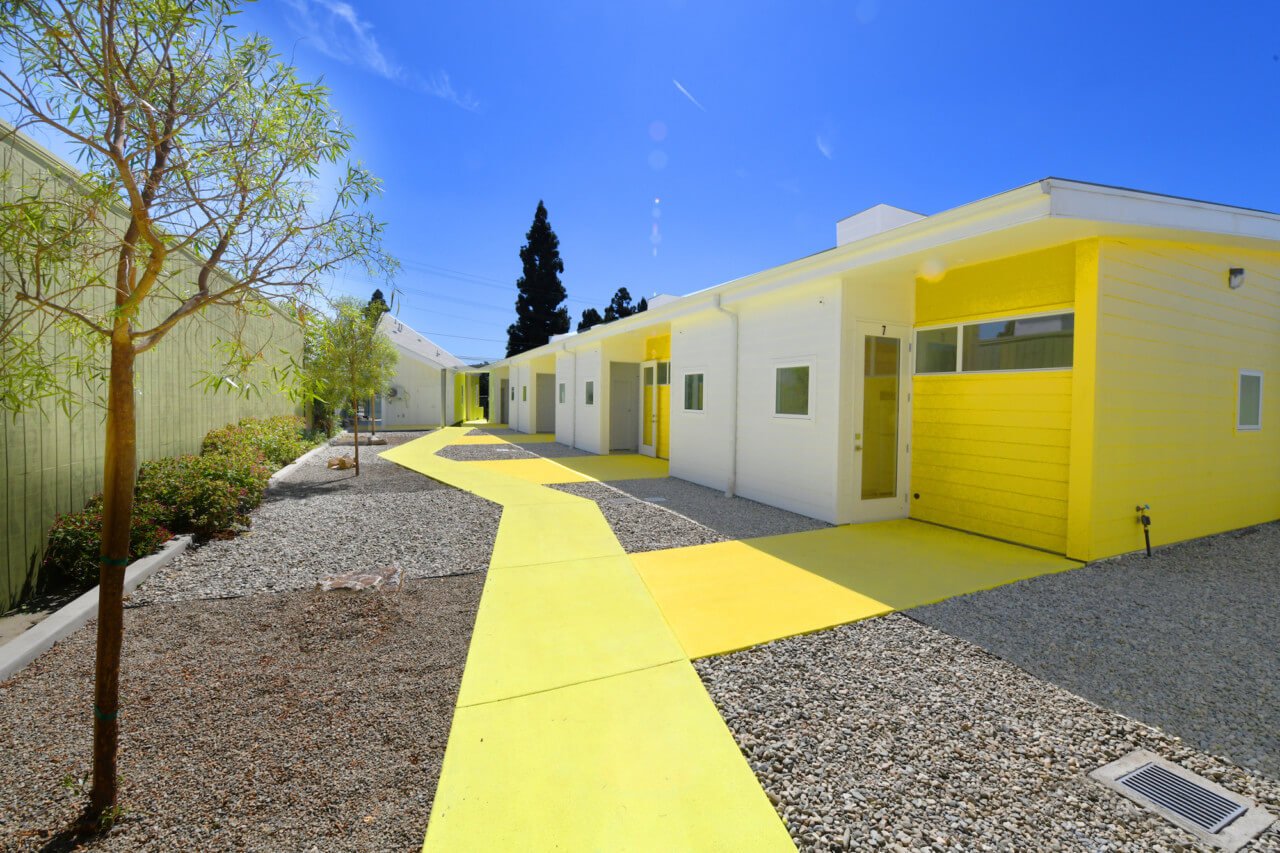Climbing Mount Kilimanjaro is one of the most thrilling adventures any traveler can experience. Kilimanjaro Trekking is not just a physical challenge, but also a journey through diverse ecosystems, from lush rainforests to arctic-like summits. For those planning a trip to Africa’s highest peak, proper preparation is crucial to ensure both safety and enjoyment. In this guide, we provide essential tips and insights for anyone interested in Kilimanjaro trekking.
Understanding Kilimanjaro Trekking
Kilimanjaro trekking attracts thousands of adventurers each year. Unlike technical climbs, Kilimanjaro trekking does not require mountaineering experience, making it accessible to fit and prepared hikers. The mountain has several trekking routes, including Marangu, Machame, Lemosho, and Rongai, each offering unique scenery and difficulty levels. Choosing the right route depends on your fitness, experience, and the type of experience you want from your Kilimanjaro trekking adventure.
Best Time for Kilimanjaro Trekking
Timing is essential for a successful Kilimanjaro trekking experience. The best months to trek Kilimanjaro are January to March and June to October, when the weather is relatively dry. Trekking during these periods minimizes the risk of slippery trails and unpredictable storms. Kilimanjaro trekking in the wet months can be challenging due to muddy paths and reduced visibility, so careful planning is necessary if traveling during the off-season.
Physical Preparation for Kilimanjaro Trekking
Fitness plays a significant role in Kilimanjaro trekking. Hikers should engage in cardiovascular exercises, strength training, and endurance workouts at least three months before the climb. Long hikes with a loaded backpack simulate real trekking conditions and help prevent altitude sickness. Remember, Kilimanjaro trekking is not a race; pacing yourself and listening to your body is key to reaching the summit safely.
Choosing the Right Gear
Proper gear is vital for a successful Kilimanjaro trekking journey. Essential items include layered clothing, waterproof jackets, sturdy hiking boots, trekking poles, and a reliable backpack. Layering helps adapt to changing temperatures from the rainforest base to the freezing summit. Don’t forget essentials like gloves, hats, and sunscreen, as the sun can be intense even at higher altitudes. Packing smartly ensures comfort and reduces the risk of injury during Kilimanjaro trekking.
Acclimatization and Altitude Tips
Altitude sickness is a major concern during Kilimanjaro trekking. The key to prevention is slow ascent and adequate acclimatization. Many trekkers choose longer routes like Lemosho or Rongai, which provide more days to adjust to the altitude. Staying hydrated, eating light meals, and resting regularly are essential practices. Kilimanjaro trekking demands respect for your body’s limits, and ignoring early symptoms of altitude sickness can jeopardize your summit attempt.
Guided Tours vs. Independent Trekking
While Kilimanjaro trekking can technically be done independently, most travelers opt for guided tours. Experienced guides provide knowledge of the trails, help with navigation, and ensure safety throughout the trek. Porters carry heavy equipment, allowing trekkers to focus on the climb itself. Guided Kilimanjaro trekking also enhances cultural interactions, as guides share insights into local Chagga traditions and wildlife along the way.
Nutrition and Hydration During the Trek
Proper nutrition is crucial during Kilimanjaro trekking. Consuming high-energy meals and snacks keeps your body fueled for long days of climbing. Hydration is equally important; drink at least 3–4 liters of water daily to avoid dehydration. Electrolyte supplements can help maintain balance, especially at higher altitudes. Planning meals and water intake effectively contributes significantly to a successful Kilimanjaro trekking experience.
Mental Preparation
Kilimanjaro trekking is as much a mental challenge as it is a physical one. Motivation, patience, and resilience are essential for overcoming long, grueling days on the trail. Visualization techniques and setting small milestones during the trek can help maintain focus. Remember that summiting Mount Kilimanjaro is a reward for preparation and persistence, making the mental aspect of Kilimanjaro trekking equally important as physical readiness.
Conclusion
Kilimanjaro trekking is a life-changing adventure that demands careful planning, physical fitness, and mental resilience. From selecting the right route and time of year to preparing your body and gear, each step plays a crucial role in your success. By following the tips outlined in this guide, including proper acclimatization, guided support, nutrition, and hydration, you can maximize your chances of reaching the summit safely. Whether you are an experienced hiker or a first-time trekker, Kilimanjaro trekking offers breathtaking landscapes, personal achievement, and memories that will last a lifetime. Proper preparation and respect for the mountain ensure that your Kilimanjaro trekking journey will be both safe and unforgettable.











Leave a Reply